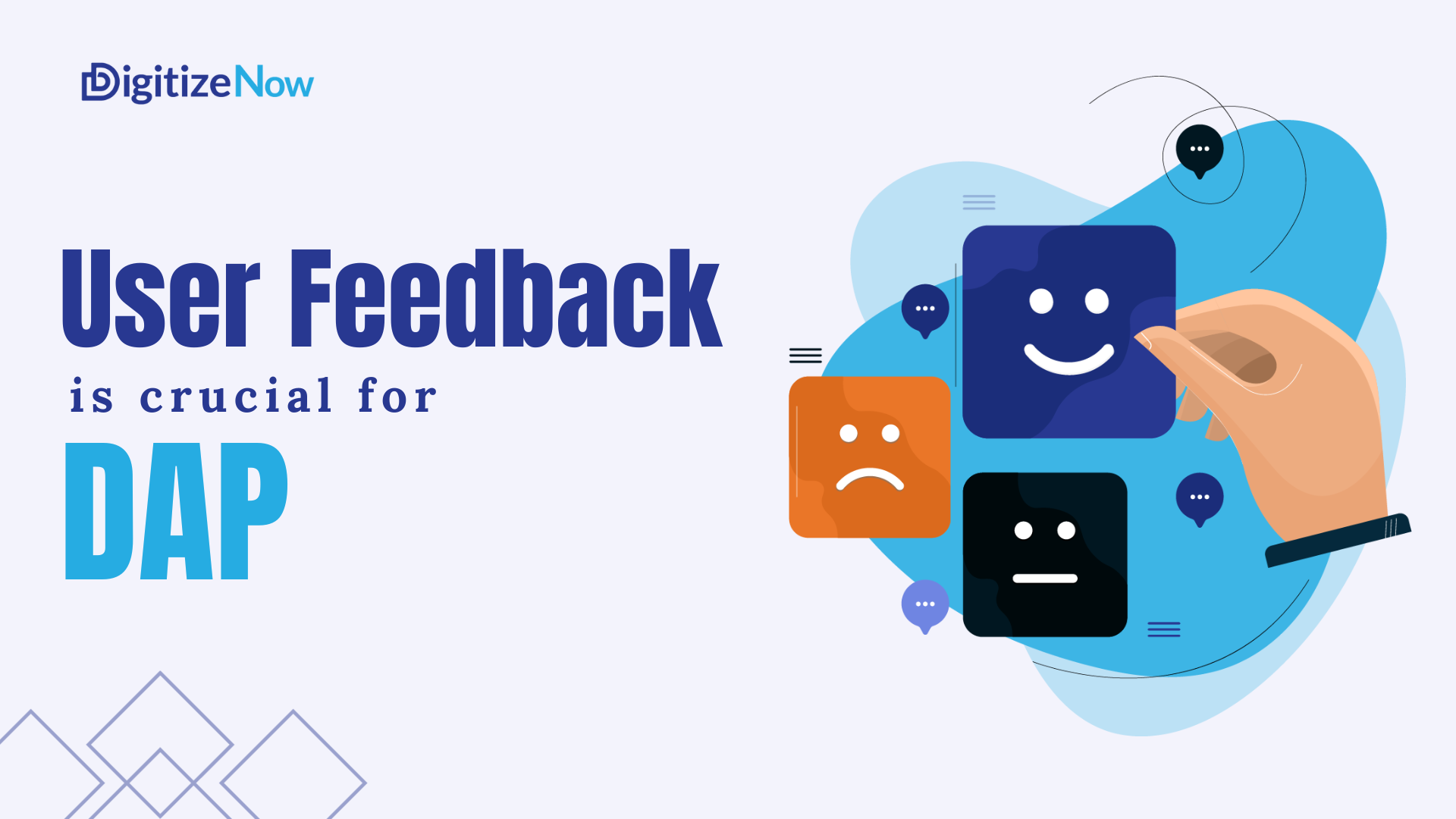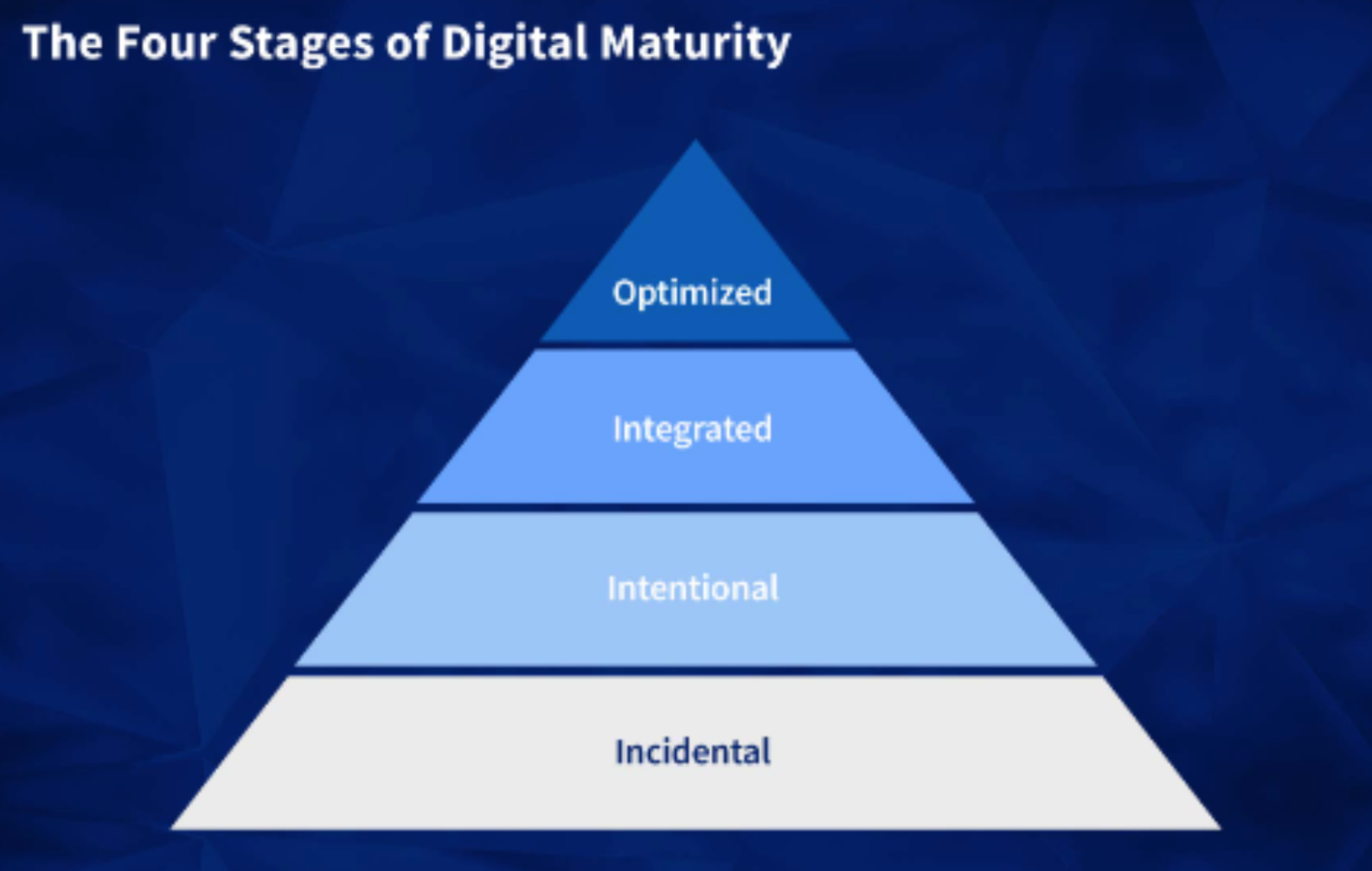The world is shifting to a digital landscape, and it is imperative that business change their approach and adopt the digital way to sustain themselves in this evolving market. To do so, it requires the support of various digital technologies to enhance the user experience, with the aim of creating sustainable growth for itself.
As a software solution designed to streamline the user adoption process of digital tools and applications, a digital adoption platform (DAP) provides end users with the necessary guidance and tutorials. DAPs significantly reduce learning curves, increase user efficiency, and improve overall software utilization.
As DAPs provide real-time assistance and have the potential to develop personalized training modules and tutorials, it is necessary that they are continuously assessed.
User feedback is critical in this case as it is pivotal in providing valuable insights into digital platforms and services’ effectiveness and experiences.
The Business Value of User Experiences
According to the Gartner Report, 70% of organizations will use digital adoption solutions across their entire technology stack by 2025 to overcome insufficient application user experience. It also highlights how the disruptive shift to remote work caused by COVID-19 has made digital adoption tools a top priority for IT departments (The CIO Outlook for 2021 Constellation Research 2020).
Giving importance to the user and ensuring a smooth journey for them is vital in any business as it goes a long way in determining the success of the business and the fulfillment of objectives. It works in the realm of the user and is directly related to improving the user experience, which helps gain a competitive edge in this ever-evolving market scenario.
Enhancing the experience is crucial as it increases the business value manifold. It not only leads to increased user satisfaction but also goes a long way toward customer retention as well. Users are less likely to abandon a product or service if they find it easy to use, enjoyable, and meeting their needs effectively, and with the help of DAPs, this is easy to achieve. It ensures transitioning smoothly to digital platforms, especially for new users finding it difficult to adopt a new digital technology.
A well-designed and intuitive user interface enhances productivity. Users can navigate and accomplish tasks more efficiently, saving time and reducing frustration. Furthermore, such designs and clear instructions can prevent common user errors, reducing the volume of support requests and associated costs, ultimately leading to a positive user experience and contributing to the overall success of a business.

Why User Feedback is Critical in Improving the User Experience of DAP?
Identifying the pain points
By gathering feedback early on, organizations can identify areas where users struggle and prioritize those for improvement.
Users often encounter technical issues or bugs while interacting with a digital platform. Prompt collection of user feedback helps in identifying and addressing these issues efficiently. Resolving technical glitches not only improves the immediate user experience but also prevents frustration and ensures the smooth functioning of the DAP.
Optimizing onboarding
User feedback can help identify gaps in the onboarding process, allowing organizations to refine and streamline their training materials.
The content provided within the DAP, such as tutorials and guidance, needs to remain relevant to users’ evolving needs. Feedback helps understand which content is most effective and where adjustments are required. This continuous optimization ensures that users receive timely and pertinent information, enhancing their learning and adoption experience.
Ensuring relevance
As users interact with the DAP, their feedback can help ensure the platform remains relevant and up-to-date.
Understanding how users prefer to interact with the digital adoption platform allows organizations to tailor the user interface, features, and functionalities to align with user preferences, resulting in a more personalized and enjoyable user experience. Users appreciate when their opinions are valued, and knowing that their feedback leads to positive changes reinforces trust in the DAP.

Leveraging User Feedback to Amplify the User Experience to Drive Value
The Constellation Research Report reveals that 56% of IT budgets and staff remain unchanged compared to before COVID-19. This means that IT departments need to find ways to maximize the value of their existing technology investments.
By actively seeking insights, organizations can identify pain points, tailor features to user preferences, and refine interfaces for optimal usability. This approach enhances overall satisfaction, fosters user loyalty, and accelerates product adoption.
Some best practices for collecting user feedback to boost user experiences include:
Surveys and Questionnaires: Use targeted surveys and questionnaires to gather quantitative and qualitative data from users. These can help identify trends, patterns, and areas for improvement. With specific data, companies can work towards developing tailored training for boosting productivity and the overall user experience.
User Interviews: Conduct one-on-one interviews with users to gain deeper insights into their experiences and challenges. This can help uncover specific issues that need not be apparent through surveys alone. One of the most significant advantages of one-on-one interviews is a more direct method of understanding what really bothers users and what works for them, all of which can help develop a more profound and user-friendly user experience.
Usability Testing: Perform usability testing to observe users interacting with the DAP in real-time. This can help identify areas where the platform may be confusing or challenging. Real-time results generate more accurate information and help devise better solutions for challenges and obstacles that disrupt a smooth user experience.
Through this strategic integration of user input, businesses not only meet evolving user expectations but also cultivate a user-centric culture, ultimately maximizing the value derived from their products and services.
User feedback helps understand which content is most effective and where adjustments are needed. This continuous optimization ensures that users receive timely and pertinent information, enhancing their learning and adoption experience.
Regularly enhancing the experience involves staying attuned to feedback and evolving technology. This adaptability ensures that the product or service remains relevant to changing user needs and preferences. Improving the user experience is a strategic imperative for businesses, positively impacting customer satisfaction, loyalty, and the overall success of products and services in a competitive market.
Having a compatible DAP is vital for seamless technology integration and user engagement. It enhances user satisfaction, reduces resistance to change, and accelerates the learning curve for digital tools. Users are more likely to embrace and maximize the benefits of technology when guided by a user-friendly DAP, leading to increased productivity and overall efficiency.
Furthermore, a positive user experience fosters loyalty and ensures the long-term success of digital initiatives, making it a cornerstone for successful digital transformation within organizations.



